A Stout, Mid-Priced 650B Gravel Option from HED
I went looking for an affordable 650B wheelset that would easily accept a fat gravel tire. This is what I found. I’m writing today about the HED Eroica GP. There is a GP and an LT version of this wheelset. The difference is 130 grams of weight per pair of wheels; there's also a difference in the type of Sapim spoke. Finally, there's a difference in the hub: whether it’s a 4- or 5-pawl hub. Which means – what? – speed of engagement upon pedaling? I’m not good enough to notice the difference, so I went for the GP and saved myself some money.
Last month I wrote about the OPEN WI.DE. gravel bike I'd just built up, and on it I put ENVE’s G27 wheelset, which is a really first-rate gravel wheel, which I’ve ridden extensively and I’ve loved every meter of every ride on it. There’s only one hitch with that wheel: It’s not in everyone’s price range. So, I cast about for a wheel that was high performance, bombproof, and poverty-resistant. Hence the Eroica, and how I landed on this will take a little of my typical contextualizing if I may.
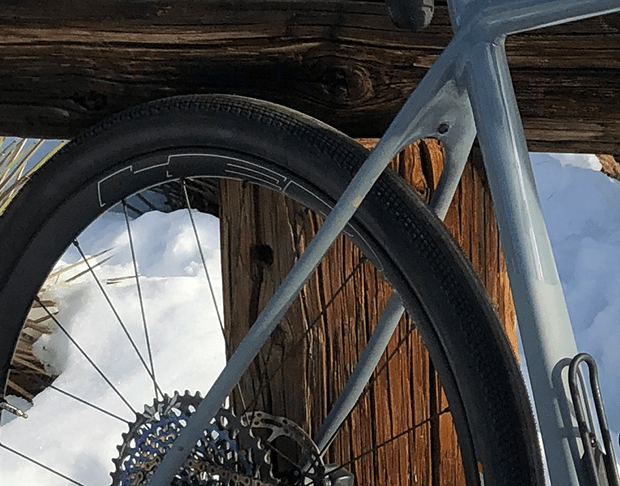
This is an American-made wheelset. I’m half-in on American-made. I’m a globalist who appreciates the virtues of made-in-America products, without believing that America is the best place to make everything. You want American-made running shoes? The only thing American made from your ankles down are your feet (assuming you, like Springsteen, were Born in the USA).
But if you visit wheel factories, like HED’s or ENVE’s (see Greg Kopecky's piece on ENVE’s factory), I promise you two things: You’ll be more impressed that you thought you’d be; and you’ll find out that wheelmaking is still a craft. If you’d have asked me a half-decade ago, I’d have said that wheels are becoming commoditized. That high-end wheels will be made in Asia, and will become the near-equal of boutique wheels made in First World factories. In fact, it’s gone the other way – premium wheel brands are stretching their lead over the commodity factories.
Yes, there are some really good wheels coming out of DT Swiss’s Asian factory. And, of course, really good hubs. But more is required of today’s wheels than was the case in 2010 or even 2015. To some degree it’s the move to tubeless. This is a big theme on Slowtwitch, no mystery about that, but I’m not talking just about road tubeless. Yes, tubeless is a superior way to make wheels, but not all the kinks haven’t gotten worked out yet. For example, all major brand tire companies, and most major brand wheel companies, really wrestled with the absence of clear-cut guidance on tubeless spec standards, and the virtual lack of any government-required testing. I don’t get the sense that off-brand or brandless third- or developing-world wheelmakers lost sleep over this, and they should've lost sleep. I say this simply based on the wheels and tires I have used from various brands, or from factories without brands.
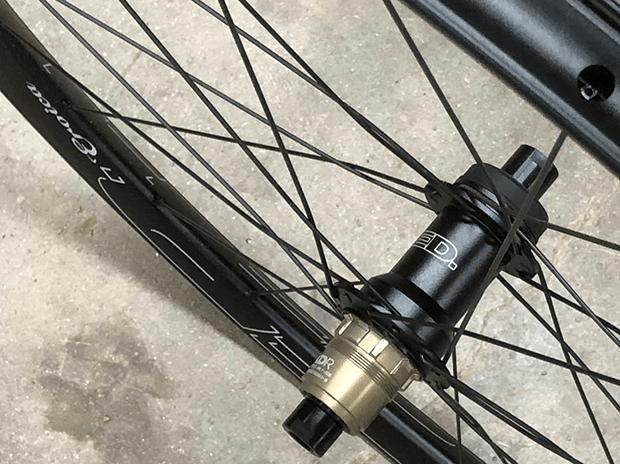
So as not to wax laborious can I just say the following? If you don’t make the rims straight and true you’ll pay for this via spokes not evenly tensioned, which will yield broken spokes in the field, or wheels that don’t stay true. If there’s not a history of success – and occasional failure – mating spokes, nipples, and hubs, and rims, your spokes will break and your wheels will fail. Wheelmaking requires Gladwell’s Hours more than anything else on the bike, and onto all of that we now must add the complexity of tubeless.
With that, let me dive into my experience with this wheel. I bought these wheels, they showed up packed as you’d want them to be; built around a HED hub with an XD driver, for use with the SRAM Eagle AXS drive train (1x, 12sp, 10-50) I’ve got on an OPEN WI.DE. One of HED’s strengths over the past decade is a hub platform that allows for just about any shift and axle system you want.
The wheels come with rim tape and valves, I assembled everything, and one thing that I would recommend is paying special attention to the rim tape install. I put one layer of tape on. No more. Not even at the valve. (I’m not the rim tape expert, just, that’s what I do.) While the Eroica uses a hooked bead, and I understand why, ideally a tubeless rim shouldn’t need the hook. The point of a tubeless tire is the air presses outward against the tire, and you don’t want air under the bead pushing up. For this reason, I’m very careful to lay the tape down without allowing the tape to drift off-center – I don’t want tape adhering to the rim’s sidewall.
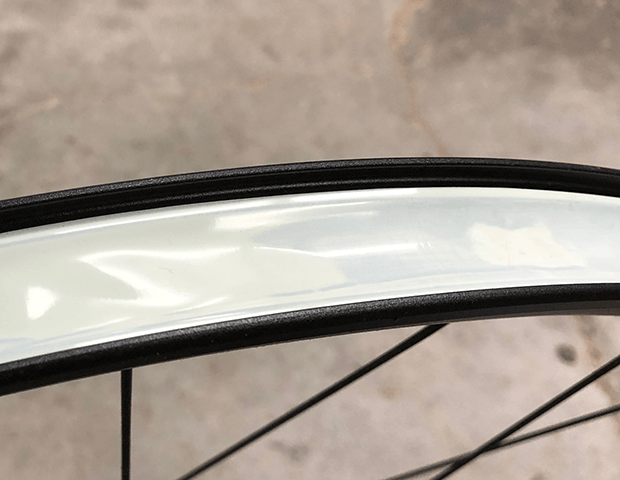
I don’t know if all tubeless tape is like this, but HED’s tape is just transparent enough so that you can see if there’s air underneath. The above image is what your tape might look like when you lay it down. I take some time to move the air out from under the tape, pushing it with my thump toward the spoke holes. If you lay the tape down with care, centered, very little air underneath, it’ll look like the image below.
The valve went in fine, and I tightened the nut down without much force. I had an IRC prototype tire I hadn’t yet mounted. It’s either the precursor to, or in any case very similar to the Boken Plus in a 47mm width. This tire went on the rim hands-only, and the Eroica has a nice center well into which I can move the tire’s beads for ease of mounting and inflation. The tire popped right up into the bead when I aired it up.
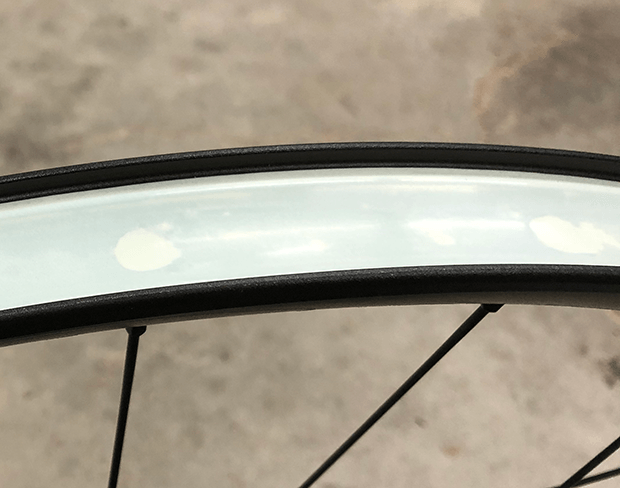
It took probably 15 or 20 more pounds than I would ride to hear all the pings and pops the tire makes, then I let some air out until I got to about 30psi. The tires maybe lost 3 pounds, tops, overnight, and this was before I put in any sealant. There are some tires that are just going to lose air out the sidewalls without sealant. But my hope is that a tire like this, inflated to 25 or 30psi, can hold its pressure without sealant. Then I put the sealant in. In my mind this is how it’s supposed to work if the wheels, rim tape, valve, and tires all cooperate. In this case they did, and part of that is due to a bicycle wheel company that was one of the early adopters of tubeless.
These wheels sell for about $800 a set. They feature an aluminum rim. I’ve had very good luck in the past with HED Belgium and Ardennes rims and wheels, also aluminum. I just needed a wider inner bead. It’s hard for me to put 50mm and larger tires on a wheel with a 21mm inner bead width. Maybe it’s just my bad luck, or bad skill, but the tire widths I’m using on my 650b wheels – 47mm to 56mm – have not gone nicely onto rims with a 21mm inner bead width. The Eroicas are built to a 25mm width.
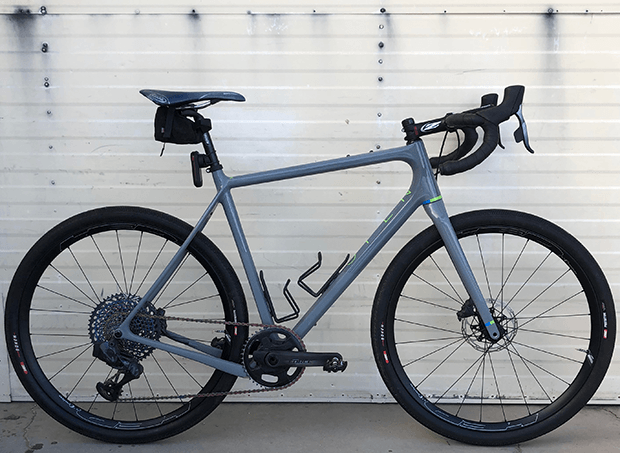
I’ll tell you where I come down on wheels in general, for road and gravel, and let’s take these 650B wheels with a 25mm inner bead as a case in point, and these would include thru axles and built to the Centerlock rotor standard. The least expensive wheelsets that have rims, spokes, hubs and a quality assembly will cost about $400, and from there to $600, this range is where entry level sits, if you want wheels that you’re reasonably confident won’t strand you in the wilderness.
Then there are the U.S. wheel companies who either make their wheels in their home country entirely – though with some materials, such as spokes, or cassette assemblies, coming from overseas – or they make their wheels in their owned overseas factories, closely managing production. To me, that is a layer of attention-to-detail worth paying for. I’ve never made my buying decisions based on material. (I’d rather run in a properly-made EVA run shoe than an inexpertly-made PEBA shoe.) In this case, for the same price, I’d much rather ride a HED aluminum-rim wheel than a brandless carbon wheel. Hence my interest in the Eroica.
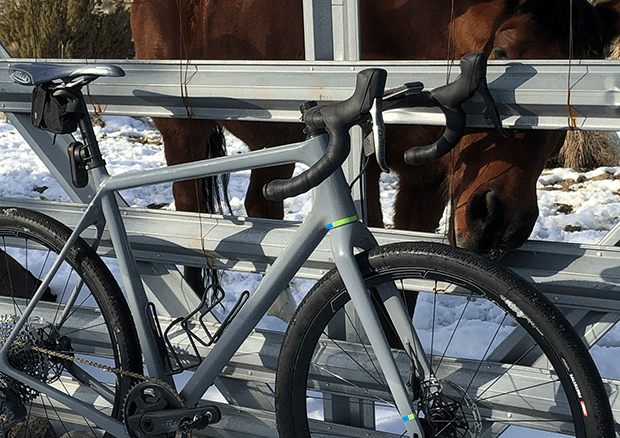
But $800 is still $800, and I tend most often to buy my product (whenever I accept something at no-charge, even race entry fees, it means I’m in that brand’s debt, and I don’t want to be). So, you and I are in the same economic boat. This is why I’ve been harping lately on the ease of the secondary market, as it is available to us today. Speaking of boats, what I do have is a boatload (a supertanker load) of used stuff. So, if you don’t want to pay $2,500 for a set of ENVE G27s, or $800 for a set of HED Eroicas, I refer you to The Pro’s Closet, which will buy your used stuff and make that wheel purchase more palatable, or maybe The Pro's Closet is where you buy your next wheelset. We also have a help thread in our Classifieds Forum just for guidance with the secondary market.
If you want to learn more about the HED Eroica, you can read about it here.


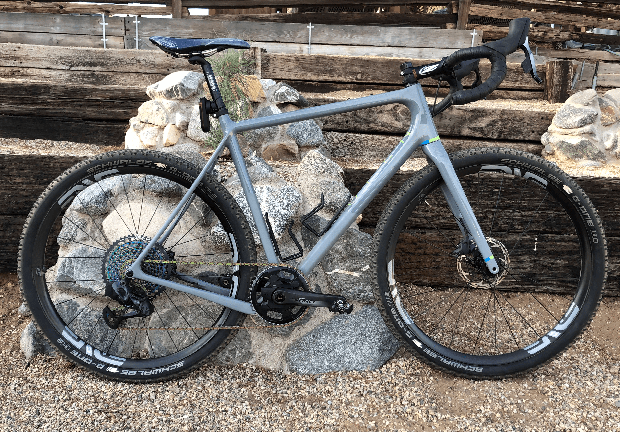
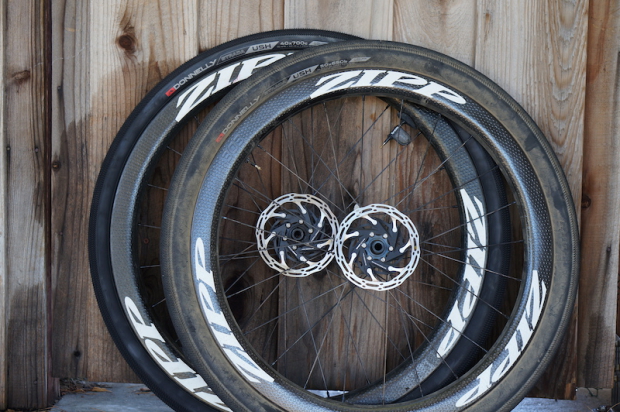
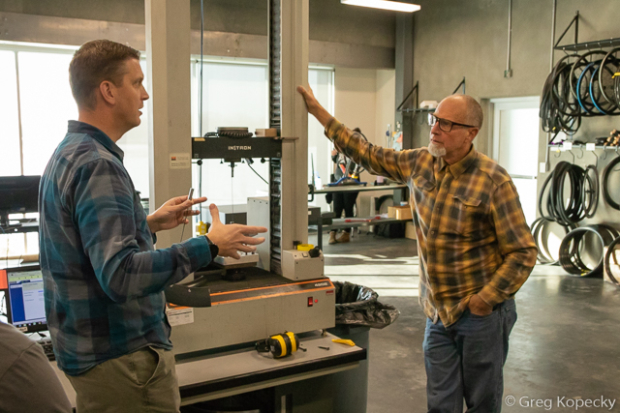
Start the discussion at slowtwitch.northend.network